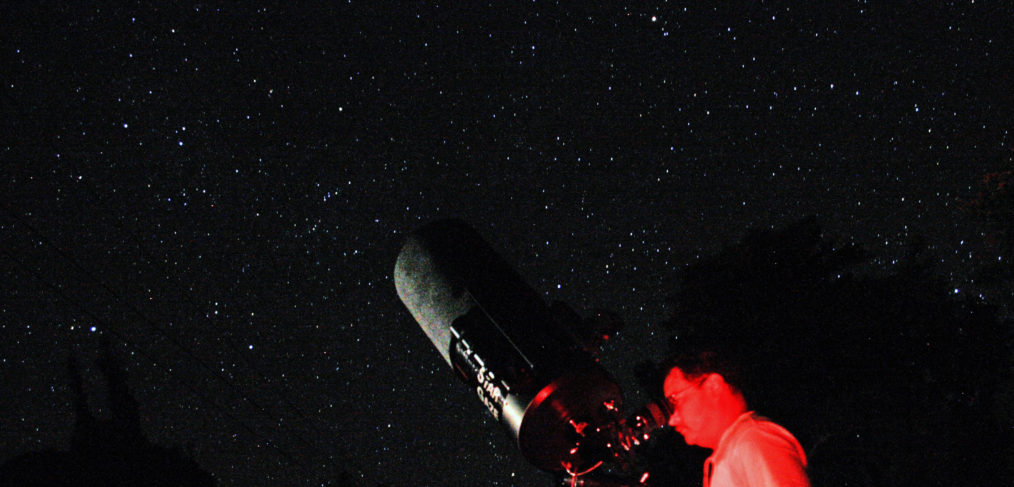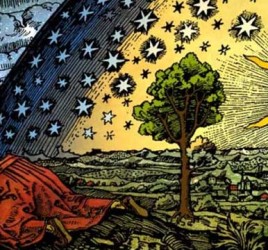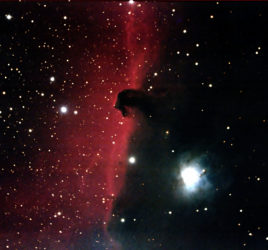
Astronomy versus Meta-Astronomy
Astronomy, as a science, is the systematic measurement of space-time and all the objects that exist therein. Meta-Astronomy is unconstrained theory and imagination.
Astronomers measure all the physical parameters and motions of bodies in space-time. We know that due to the finite speed of light, that we are looking into the past as we look further away into space-time. We cannot “know” anything about distant objects as they are at the same moment in time as we occupy now. So, “knowing” is always constrained by a time barrier. We can only know the physical parameters and events at some time in the past as the information arrives at our time horizon. We can make broad surmises about current conditions or events based on statistical assumptions for objects at large distances away. As scientists, we can only make factual statements based on empirical evidence. It is Meta-Astronomy to make any specific conjecture or prediction about future events for any particular object in the Universe. Theory must make testable predictions. Blind-faith in a theory, Meta-Astronomy, leads to major mistakes in predictions. Science is the study of the variations from prediction and pinpointing the cause and effect relationships between variables.
At stargazing I encountered a child who stated that his teacher taught him as fact that the “Pillars of Creation” no longer existed as it was blown to bits by a supernova.
That is not science, but a broad projection based on theory, that can only be regarded as a fantasy, or Meta-Astronomy. Astronomers have no direct measurements of a supernova in M16, the site of the “Pillars of Creation”. M16 is about 7,000 light years away and the time delay is obviously 7,000 years. We currently still see the “Pillars of Creation” intact at our current time horizon. In 2007, Spitzer Space Telescope discovered hot gas that could have been spewed from a Supernova evident in M16 that happened about 9,000 to 8,000 years ago. It is inevitable that one of the myriad “O”-type stars would eventually go supernova in M16. But which one and in what variant mode of Supernova, Hypernova, Kilonova or blackhole creation will the stars self-immolate? Each scenario would have different consequences. Some may not affect the appearance of M16 significantly. It is religion, blind-faith, pseudoscience, or Meta-Astronomy to make conjectures on non-existent data. We can only know via empirical measurement. Assuming an outcome, while affirming our theory and models, is not science. It is circular reasoning and self-deception, Meta-Astronomy. Real science usually results in the famous statement, “That’s funny, I did not expect that result”. Assuming the end result without actual data is fantasy and not science.
Astronomy is empirically based on measurement and analysis.
As there is a 7,000-year delay in observing M16, we must refrain from projecting into that 7,000-years events and processes that we have no evidence for. It will unfold in individual and unique ways. It would be similar to stating we are all dead now as humans always die. But, human life unfolds in unpredictable ways as we make achievements, make mistakes, encounter accidents, procreate, have serendipitous experiences and events, and live full lives before we succumb to inevitable death. Making broad assumptions about the lifespan and events in it is futile and takes no empirical measure of that lifetime. It is best to take the full measure of a life based on individual merits and actions that are indelible markers. Science is that way. Future projections are made from models and theory but are never taken as fact. Models and projections are guides only and we are always looking for variations from the rules to discover what is really going on. Both Astronomy and Meta-Astronomy are required to make progress. But, the differences must be made clear when teaching Astronomy. The science of Astronomy is self-correcting when approached in the right manner.



